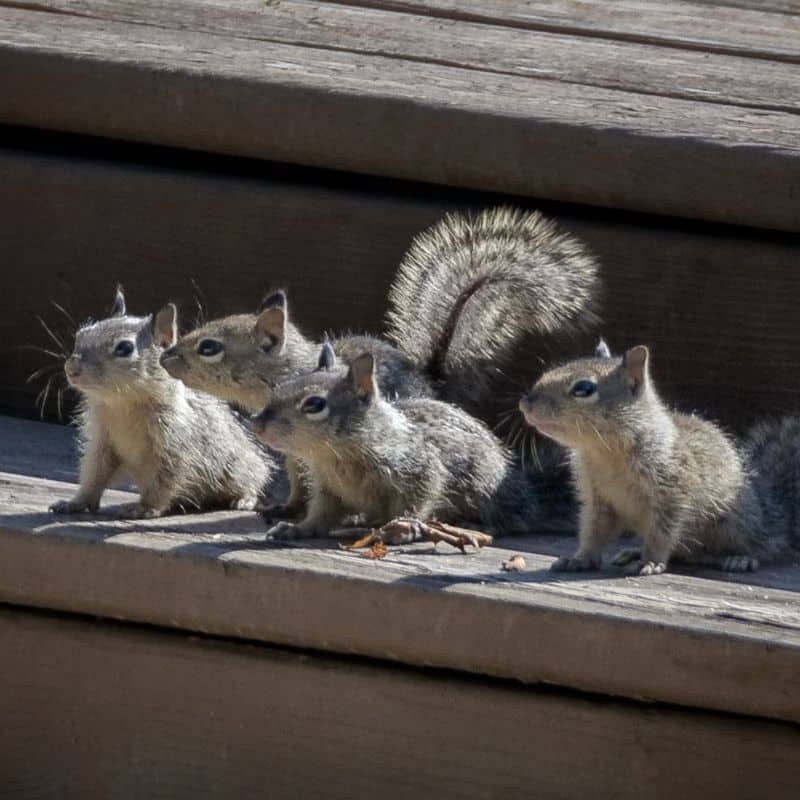Squirrels are adorable creatures that can be found in various parts of the world. They are known for their bushy tails, quick movements, and love for nuts. These small rodents are fascinating to observe in their natural habitat, as they scurry up trees and across branches with agility and grace.
One interesting aspect of squirrels is the way they interact with each other. They are social animals and often form groups known as dreys or scurries. These groups play an important role in the survival and communication of squirrels.
Group of Squirrels Called
A group of squirrels is commonly referred to as a scurry. This term is used to describe a collective of squirrels that live and forage together. Scurries can vary in size, with some groups consisting of just a few individuals, while others may have dozens of squirrels.
Within a scurry, squirrels work together to gather food, build nests, and protect their territory. They communicate through a series of vocalizations, such as chattering and chirping, as well as through body language and scent marking. This cooperation helps ensure the survival of the group as a whole.
One of the most fascinating aspects of a scurry is the hierarchy that exists among its members. Squirrels establish a social order based on factors such as age, size, and dominance. The dominant squirrels, often males, have priority access to food and mates, while subordinate squirrels must wait their turn.
Despite their social nature, squirrels can also be territorial creatures. They will fiercely defend their nests and food sources from other squirrels, engaging in chases and vocal disputes to establish dominance. This territorial behavior helps protect the resources that are essential for their survival.
In conclusion, squirrels are not only adorable and agile creatures but also fascinating in their social dynamics. The group of squirrels, known as a scurry, plays a crucial role in their survival and communication. Observing these small rodents in their natural habitat can provide valuable insights into their behaviors and interactions.
